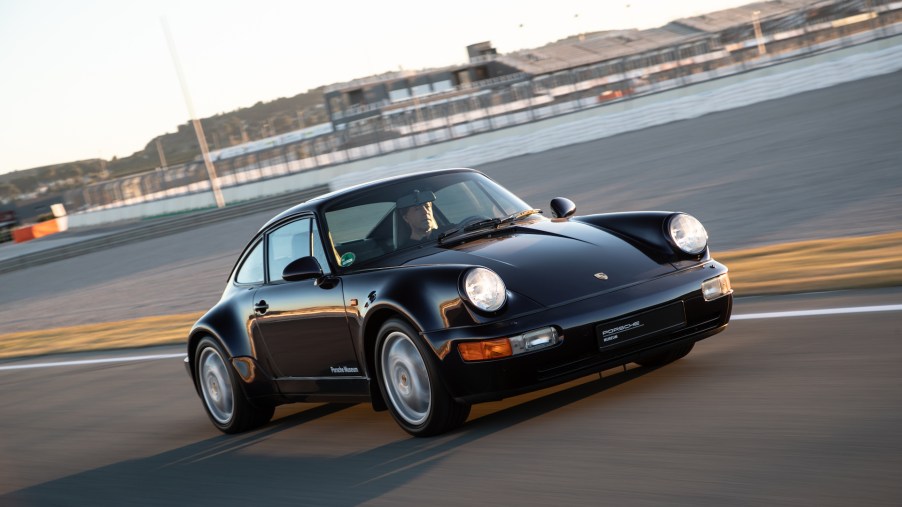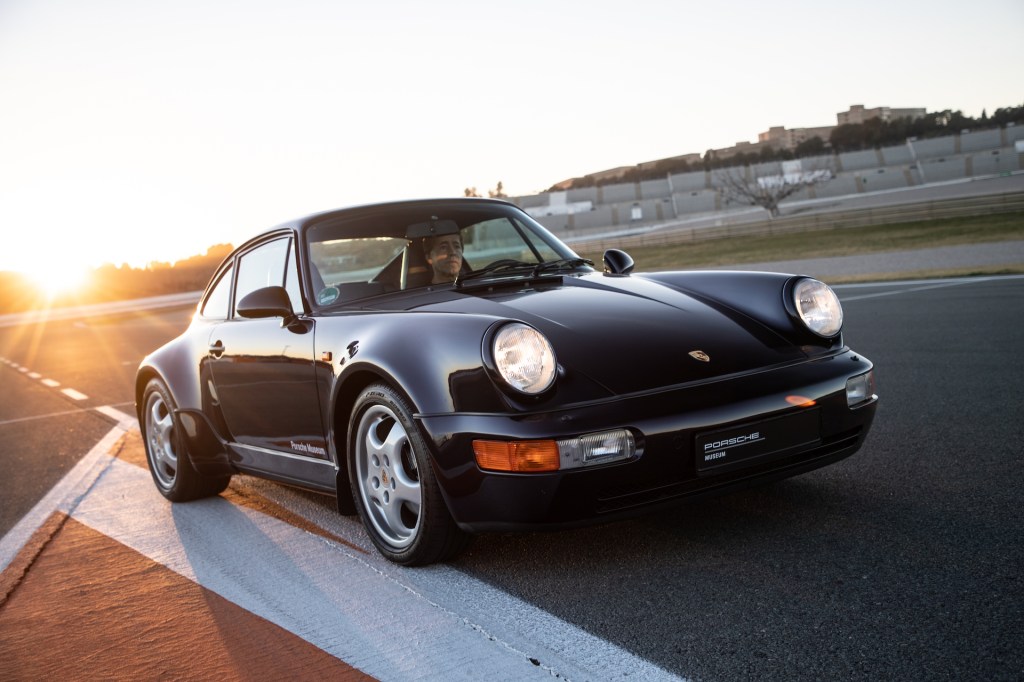
You Should Daily Drive a Vintage Porsche 911
As new vehicle design becomes homogenous thanks to strict regulations, the allure of driving a vintage car becomes quite tempting. From American muscle cars to depreciated Italian exotics, there are plenty of good options to chose from. But what if your fun car also has to handle daily driver duties? In that case, you are best off buying a vintage air-cooled Porsche 911.
Before we dive in too deep, I should clarify that I’ve spent a considerable amount of time daily driving a 1987 Porsche 911 as my only car.
Why would I want to drive an old Porsche 911?
Whether it’s the styling, the noise, or the driving experience, there is something truly captivating about an air-cooled Porsche 911. In recent years, prices for vintage 911s have skyrocketed, with plenty often trading for big money on Bring A Trailer.
For some buyers, it’s all about the looks. While the 911 is certainly not the prettiest car ever made, its classic shape is undeniably sharp. From the circular headlights to the sloping roof, there is no mistaking a 911.
However, the best part is that you don’t have to sacrifice drivability to have great looks. While the flat-six engines are largely praised for performance, they are fairly tamed in commuting situations. That is not to say they are boring. There are plenty of vibrations and rumbling noises throughout the cabin, which liven up the overall experience.
Given the naturally-aspirated nature of most air-cooled 911s, most of their power lives at the top of the rev range. While you may have to floor these cars to get the most out of them, you are rewarded with a wonderful engine note. Even the earlier cars’ torsion bar suspension manages to keep the car planted without being unreasonably uncomfortable. As a result, a vintage 911 offers just enough excitement without any major drawbacks.
Won’t it just break all the time?
The crucial make or break moment in your vintage Porsche 911 ownership is determined almost entirely at the moment of purchase. Thankfully, almost all generations of the 911 have fairly robust engines. However, quality maintenance is key. It is always worth paying a bit more if it means picking up a 911 maintained by a meticulous owner.
While it varies from case to case, here are some of the repairs I completed during my time daily driving my 911. The first unavoidable expense is the oil change, which comes in around $220. Thankfully consumables such as tires are affordable, often costing around $600 for a set if you have the 16-inch wheels.
On the pricier side, my 20-year-old clutch decided to call it quits earlier this year, which was a cool $2,600. Keep in mind that most major servicing done on air-cooled 911s requires their engines to be removed, which significantly raises the repair costs. While the engine was out, we tidied all other loose ends for a total cost of $4,000. Despite carrying a high cost, that was the only major servicing the car needed in about 3 years of ownership. While the repairs will likely be few and far between, keep a little stash of cash in case anything creeps up on you.
Which generation should I buy?
The Porsche 911 has been in production since the 1960s, meaning there are plenty of generations to choose from. Let’s start with the early first-gen cars. While they are arguably some of the prettiest 911s ever made, massive appreciation has made them quite expensive to buy. Pristine examples can easily sell for upwards of $100,000.

While I would love to recommend the G-body generation I’ve come to love so dearly, it simply isn’t the best for daily driver duties. The G-body cars were built from 1973 to 1989 and included various engine and transmission combinations. While the suspension and powertrains are certainly daily-driver capable, their A/C systems are not. Even in full working order, a G-body’s A/C system is mediocre at best and really struggles on hot days.
If you want the vintage look and drive without sweating profusely daily, go with the 964 generation built from 1989-1993. The 964 is, without a doubt, my favorite generation of Porsche 911, given that it keeps the iconic headlight design with greater modern amenities and a proper A/C system. Mechanically, the 3.6-liter naturally aspirated engine is tough as nails, and the five-speed manual transmission is incredibly easy to operate.
Don’t worry. I haven’t forgotten about the 993. While the 933 was the last generation of air-cooled 911, it was also the most comfortable and refined. While these may be great qualities for a daily driver, it misses some of the earlier cars’ raw feels that you still get in the 964. Regardless of which you choose, your air-cooled 911 journey is bound to be a fun one.


